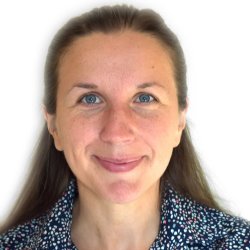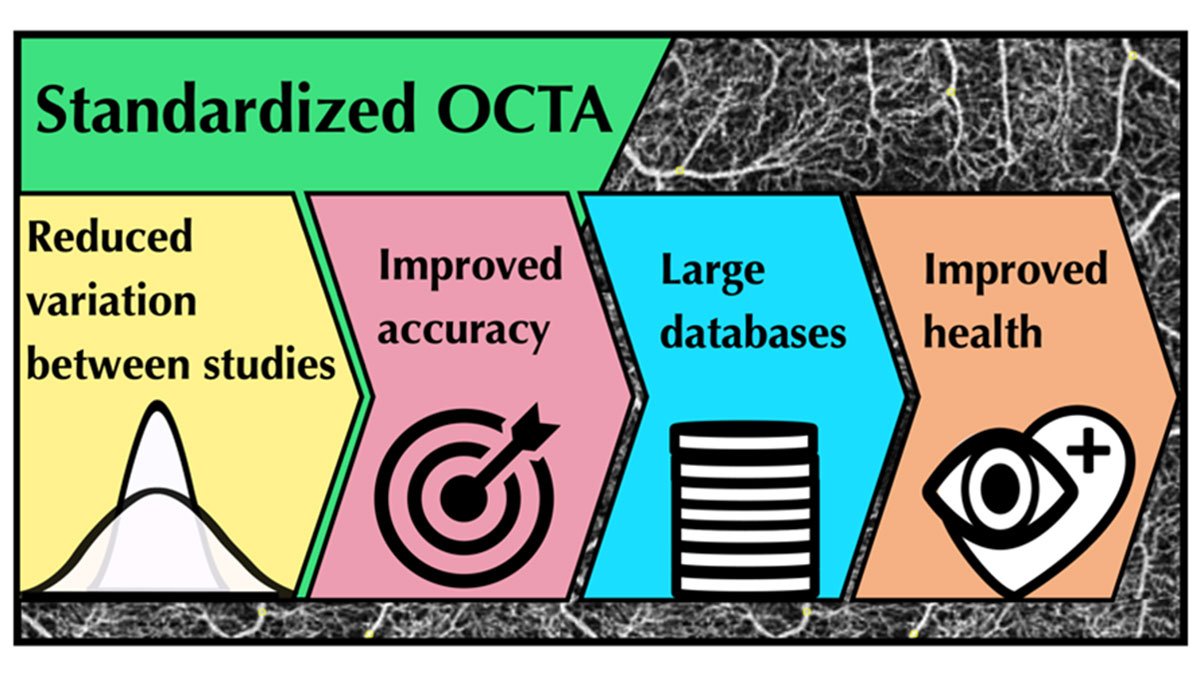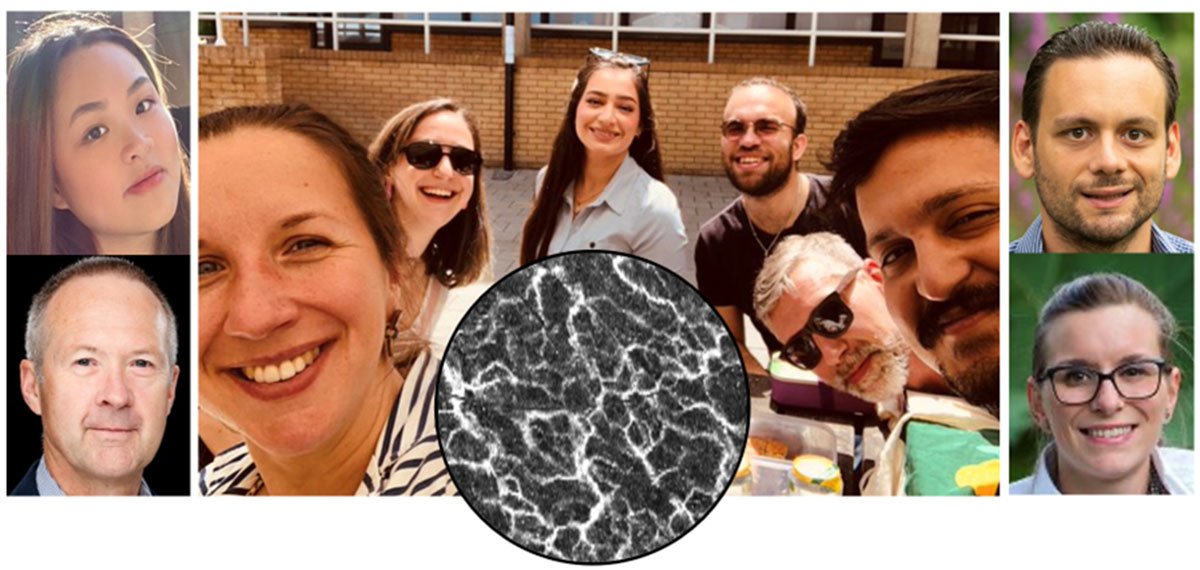OCTAVA: An open-source toolbox for harmonised analysis of clinical angiography images to support discovery of novel biomarkers
Dr Danuta Sampson, a visiting senior researcher at the University of Surrey, with her colleagues, has embraced Open Research principles to support the discovery of novel biomarkers aimed at reducing the mortality of vascular disease, the leading cause of death worldwide.

The issue
Accurate assessment of the microvasculature (the smallest vessels in the human body) could identify biomarkers that lead to a decline in vascular disease mortality. Optical coherence tomography angiography (OCTA) is a non-invasive modality capable of imaging microvasculature in the human retina and in the skin. OCTA studies have been performed using many different lab-based and commercial clinical instruments, imaging protocols, data analysis methods, and metrics, often applied inconsistently and only partially reported, resulting in a confusing picture that represents a major barrier to progress in OCTA biomarker discovery [1].
Open data and software sharing, and cross-comparison and pooling of data from different studies are rare. This lack of good open science practice has impeded building the large databases of annotated OCTA images of healthy and diseased retinas and skin that are necessary to study and define characteristics of specific conditions. Our project aims to remove this barrier by introducing and making publicly available software that enables OCTA image analysis in a transparent, harmonised and ultimately standardised way [2].

Standardised imaging protocols, data analysis methods, reporting of metrics and trial outcome measures will enhance the impact of OCTA on improving retinal healthcare. Reproduced with permission from [1].
Methods
We used skin OCTA images to develop and optimize a toolbox for OCTA image analysis. We validated the optimized software using OCTA images from our own and different commercial and non-commercial instruments and samples [2].
Results
We created an integrated MATLAB – ImageJ toolkit (OCTAVA – OCTA Vascular Analyser) with a user-friendly interface for processing and analysis of OCTA images. Quantitative results from various OCTA images showed that OCTAVA can accurately and reproducibly determine metrics for characterization of the microvasculature. The OCTAVA software is in open repositories to facilitate transparent and efficient collaboration. Source code is available on Github [3]. A compiled MATLAB app or standalone version of the software – for a user without a MATLAB license, is available at Sourceforge [4] or on request. All software and source code are open source under the MIT licence.
Conclusions
There are no large-scale OCTA datasets yet widely available. Making OCTAVA open access means that it can be further validated via international laboratory and clinical research communities and eventually become standardised software for OCTA data analysis. This would enable building large cross-institution normative databases of the microvascular system in health and disease.
Such large data sets will enable defining the most sensitive biomarkers to distinguish between health and vascular disease.
Team
This work couldn’t be done without the collaboration of multiple disciplines. Gavrielle Untracht, a biomedical engineering PhD student, led the work on software development and validation along with Rolando Matos, a PhD candidate in cardiovascular biology, and Dr Nikolaos Dikaios a computer scientist. The work was supported by Dr Paola Campagnolo, an expert in cardiovascular biology, Professor Christian Heiss, an expert in cardiovascular medicine, Professor David Sampson, an expert in optical biomedical imaging, Mariam Bapir, and Abdullah Durrani, PhD students in biomedical science and optical biomedical engineering, respectively. Finally, Teemapron Butsabong, a biological sciences student, has supported the research.

References
[1] D. M. Sampson, A. Dubis, F. K. Chen, R. J. Zawadzki, D. D. Sampson, “Towards standardizing retinal optical coherence tomography angiography: A review” Light: Science & Applications 11(63), 1-22, 2022; https://doi.org/10.1038/s41377-022-00740-9.
[2] G. R. Untracht, R. Matos, N. Dikaios, M. Bapir, A. K. Durrani, T. Butsabong, P. Campagnolo, D. D. Sampson, C. Heiss, D. M. Sampson, “OCTAVA: an open-source toolbox for quantitative analysis of optical coherence tomography angiography images” PlosOne 16(12), 1-22, 2021; https://doi.org/10.1371/journal.pone.0261052.
[3] OCTAVA source code: https://github.com/GUntracht/OCTAVA.
[4] OCTAVA stand-alone version: https://sourceforge.net/projects/octava/.
Contact
Danuta Sampson, a visiting research fellow in the School of Biosciences and Medicine, FHMS:
- Danuta.sampson@surrey.ac.uk
- ORCID: 0000-0003-4737-6606
- Twitter: @DaMaSampson.
Publish an Open Research case study
If you are a member of the University of Surrey and would like us to publish an Open Research case study, please read our Open Research case study author guidelines (PDF) to find out how.

